Case study of Branding, UI Graphic Design, UX Research of the project - Models & Patterns
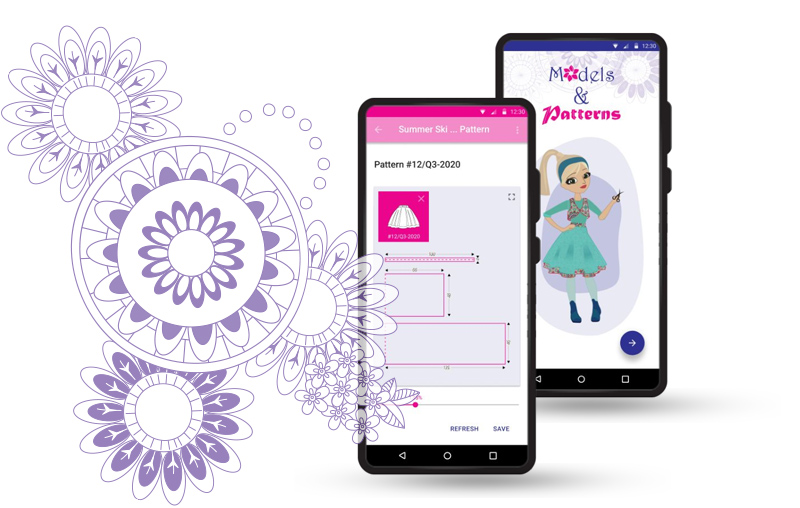
Branding / UI Graphic Design / UX designer / UX Researcher designing a product from conception to delivery. Responsibilities: User research, conducting interviews, paper and digital wireframing, low and high-fidelity prototyping, conducting usability studies, and iterating on designs.
To build stock of tutorials and examples for help to teens to get sewing skills and also learn right way for their time-managing.
Girl teens. Boys teens. All who want learn to sew.
The problem: As teens who need to learn a time-management and start getting professional skills, they need to learn some serious hobby through tutorials or plans about how to start sewing, in addition get lots of examples of dress patterns and sewing skills because they want to become popular among friends, and in addition to gain sewing skills and, in addition, put a little bit power for the future.
01.2018 - 12.2022
Personas and User journey map. I am conducted competitive audit, created personas and created empathy maps to understand the users I’m designing for and their needs. I found the primary user group and learned their pain points. My task also was included preparation of interviews for usability study and synthesized the research results for further iterations.
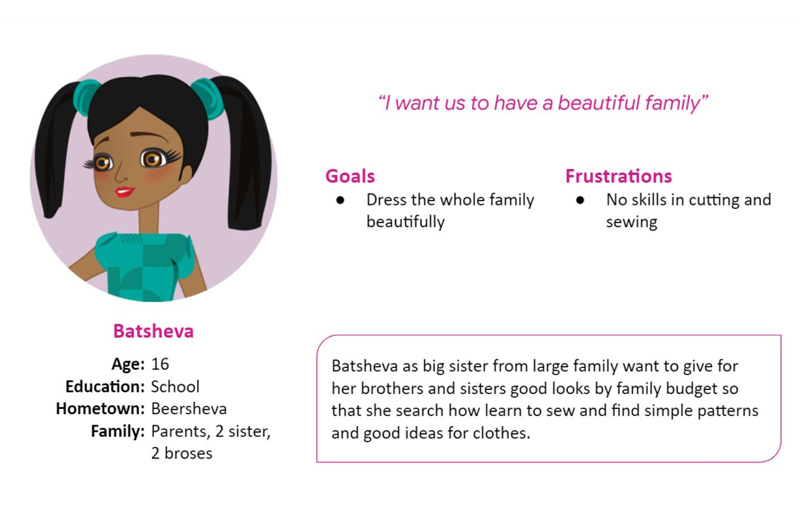
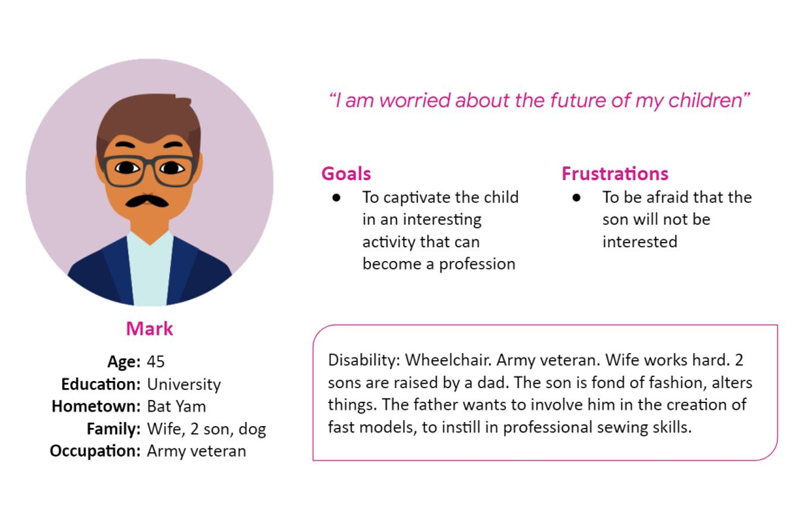
Competitive audit and Ideation. The Goal of competitive audit: Identify and understand the effectiveness of currently existing features used to time-management learning for teens. For best ideation I am identified my problem scenario based on Problem statement. Then identifie Gaps and Opportunities based on Competitive audit report. And then sketched eight potential solutions by Crazy Eights method.
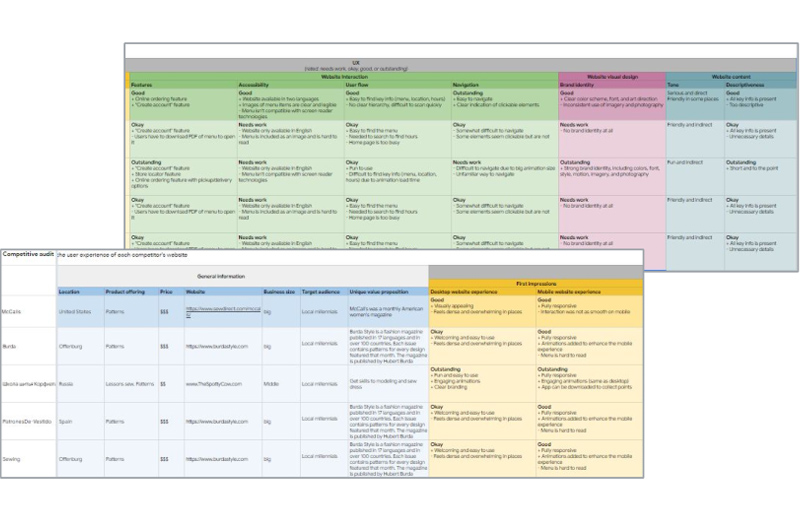
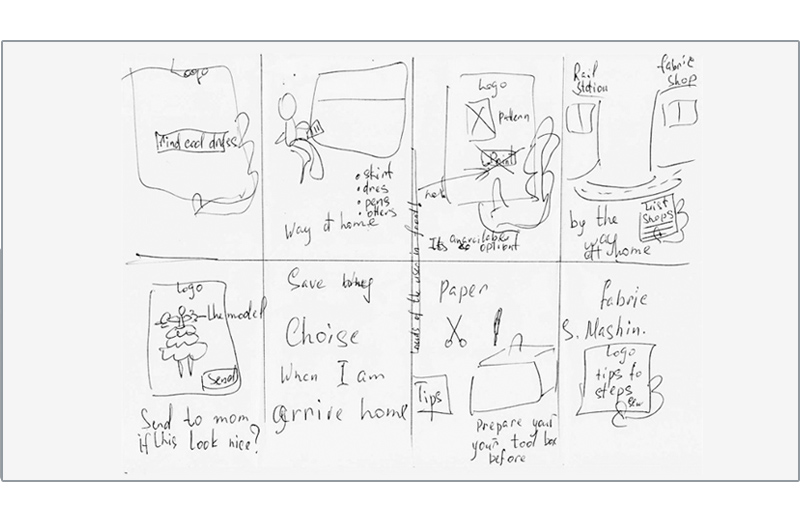
Sketches and wireframes
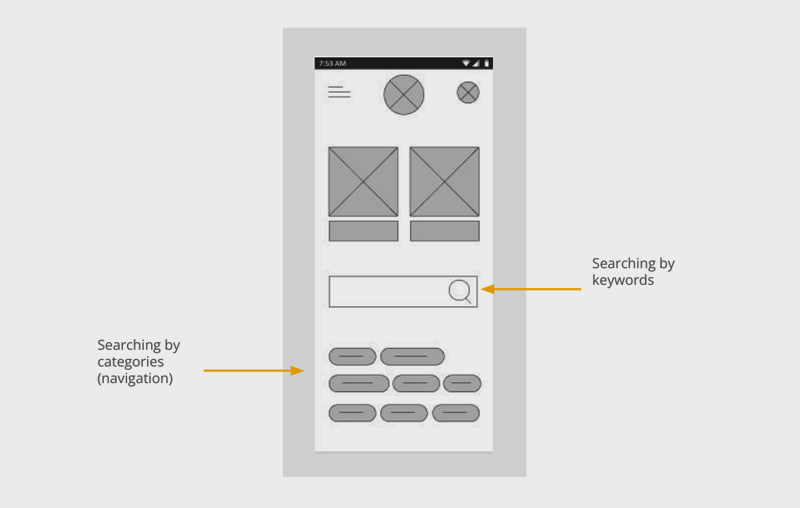
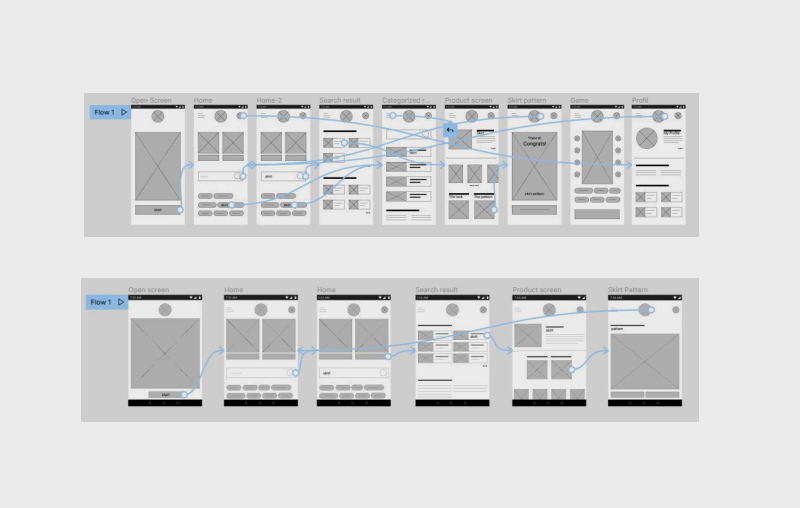
User testing results. Usability study: findings. There few Insight Identification according the usability study.
Study type: Unmoderated usability study Participants: 3 participants, Length: 30-60 minutes Location:Israel, Russia, remote
1. Saving the data: Users need better clear instructions on how to start using an app. 2. Search options: Users need two options in the app to find products - by search and by navigation. 3. Complex topic: Users need better cues for what steps are required to find needed topics.
To see the prototype follow the links for mobile and for tablet
Sticker Sheet and Mockup in Figma
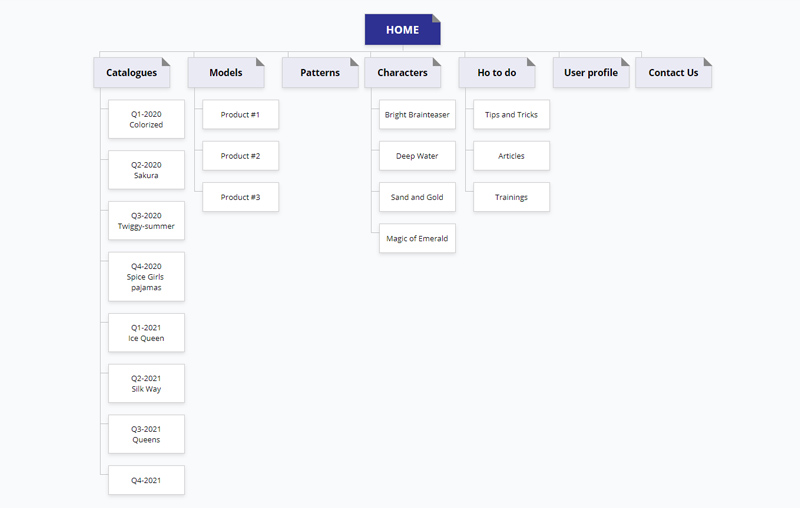
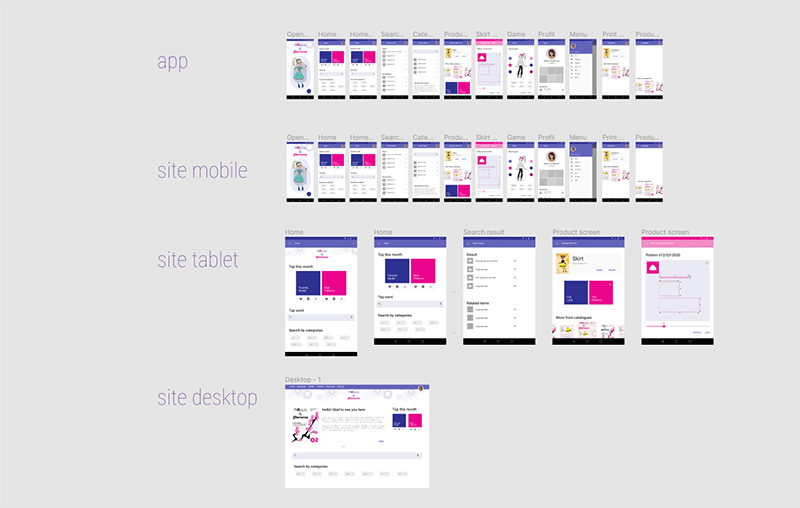
See Users Story on Behance | See Styling Persona research on Behance | See PDF presentation UX/UI research
What was learned through the design process and next steps
Impact: The prototype of website make a sense of completeness of main user flow. The user really can to get need skills and examples. What I learned: I learned that creating mockups with text hierarchy and color palette and some visual design is very important part of building prototype That lets snag a product as close to real as possible.
1. Prepare the usability study on real website. 2. Prepare the the design system, mockups, prototypes, and specifications for the engineering team for developing website. 3. Provide the design system, mockups, prototypes, and specifications.